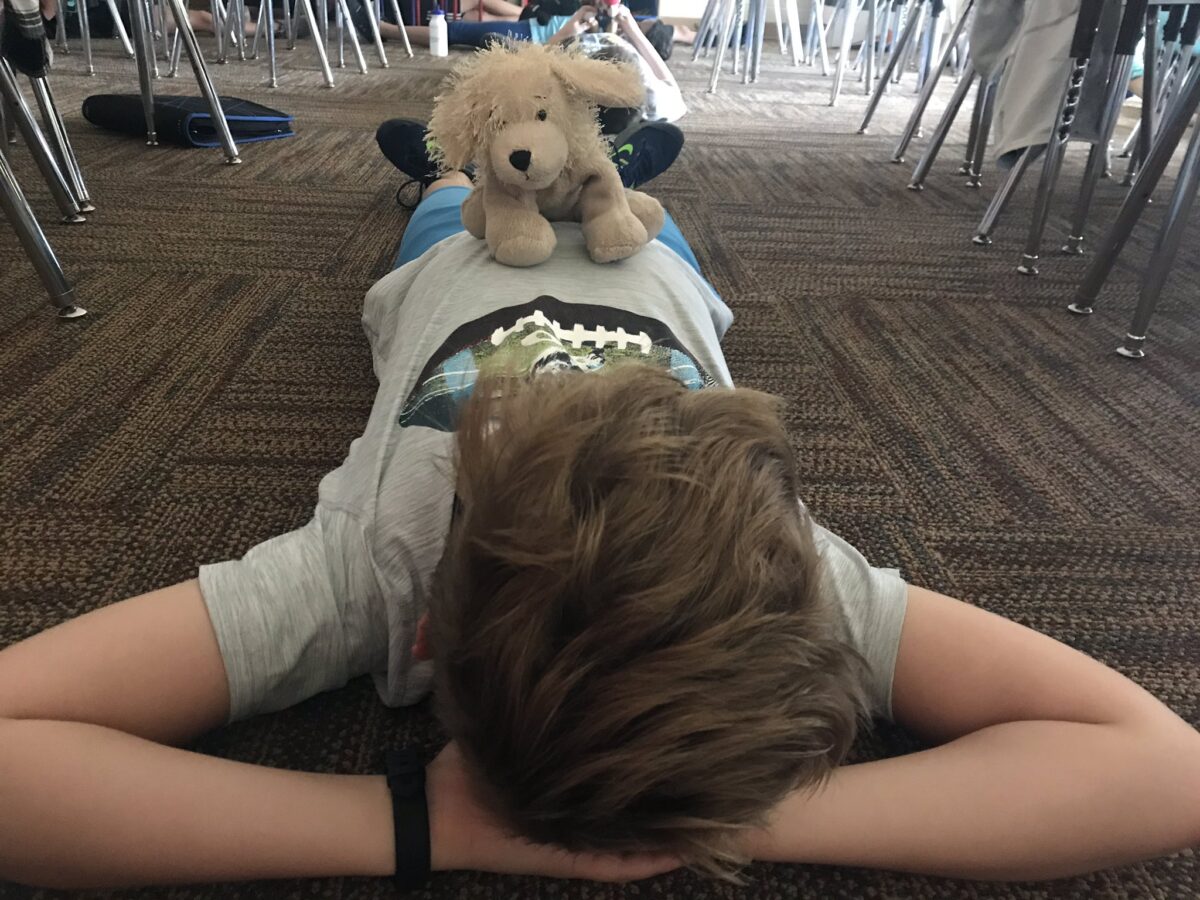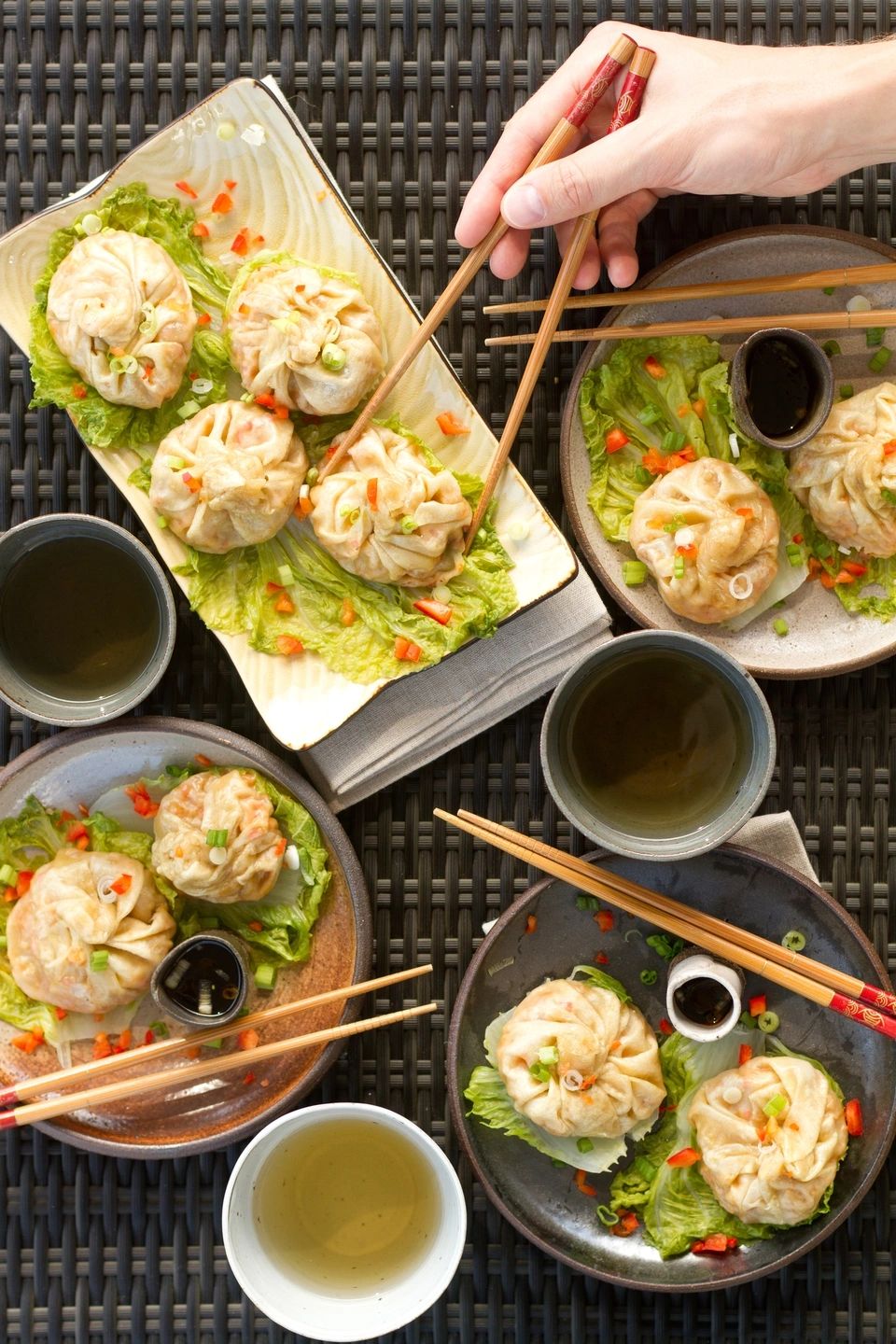Children are experiencing greater levels of stress and anxiety. This is happening in and out of school. While we can’t always eliminate the factors causing stress, we can help students learn strategies to help manage stress.
This year, I’ve incorporated more meditation and mindfulness into my classroom. We regularly review the importance of taking a deep breath when we are stressed or anxious. This might be before a test, a project, or another situation in or out of school.
Earlier this year, I taught my students “peekaboo breathing.” This is a wonderful idea I learned in the book Fostering Resilient Learners: Strategies for Creating a Trauma-Sensitive Classroom.
Students lie on their back and place a small stuffed animal on their stomach. They breathe slowly and deeply and watch the stuffed animal rise and fall with their breath. After they inhale, they hold the breath for a moment and see the stuffed animal pause. At this point, students can say “peekaboo.” The animal gives students a great visual to “see” their breathing.

We did this the first time right before a quiz. I asked students to think about their stress level. We completed a few cycles of the peekaboo breathing, and then they thought about how their stress level changed. Every student said they felt better after completing the breathing.
This is a fantastic way to help younger students learn to breath slowly and deeply. Seeing the stuffed animal rise and fall with their breath helps them control their breathing and gives them a great visual to practice the exercise. While the standards we teach students are important, it is also critical that we help students learn habits which will promote good mental health as they move through school. This strategy is a great tool to help improve mental health.

